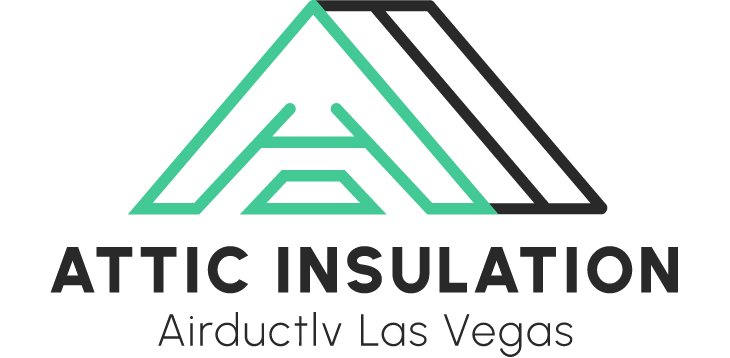Removing old attic insulation may sound like a daunting task, but with the right preparation and tools, you can get it done efficiently. Whether you’re replacing insulation in the attic due to age, damage, or improved energy efficiency, understanding the process will help make the project smoother. Here’s a simple, step-by-step guide to help you through attic insulation removal.
Attic Insulation Removal Basics
Before diving headfirst into attic insulation removal, it’s important to understand the different types of insulation and the removal process for each. Here’s a quick rundown of the most common types of attic insulation and how to approach their removal:
- Fiberglass Insulation: This is the most popular type of attic insulation, known for its affordability and ease of installation. Removing fiberglass insulation is a relatively straightforward process that involves wearing protective gear like a respirator, gloves, and long sleeves to avoid skin irritation. You can use a rake or shovel to loosen and bag the fiberglass, taking care not to compress it, as this can reduce its insulating effectiveness.
- Rockwool Insulation: Similar to fiberglass in terms of removal process and required protective gear, rockwool insulation is another common type made from volcanic rock. When removing rockwool, be extra cautious of airborne particles, as they can irritate the skin and lungs.
- Cellulose Insulation: Made from recycled paper products, cellulose insulation is often treated with fire retardants and borates to resist pests. While cellulose insulation can be removed using similar methods to fiberglass and rockwool, it’s important to be aware of the potential presence of these additives and take appropriate safety precautions.
- Spray Foam Insulation: Unlike the loose-fill insulations mentioned above, spray foam insulation adheres directly to the attic rafters and requires a different removal approach. Spray foam removal is typically a job best left to professionals due to the specialized equipment and safety measures involved.
Attic Insulation Removal Essentials
Now that you have a better understanding of the different types of attic insulation, let’s get down to the nitty-gritty of attic insulation removal essentials. Here’s a list of the tools and supplies you’ll need to get the job done:
- Safety Gear: Protect yourself from dust, debris, and itchy insulation particles with a respirator, gloves, safety goggles, and long sleeves.
- Drop Cloths and Plastic Sheeting: Minimize dust infiltration into your living space by laying down drop cloths and plastic sheeting to create a barrier between your attic and the rooms below.
- Trash Bags: You’ll need plenty of heavy-duty trash bags to collect the removed insulation.
- Tools: Depending on the type of insulation you’re removing, you might need a rake, shovel, or specialized tools for spray foam removal (if you’re going the DIY route).
- Flashlight or Headlamp: Attics are often dimly lit, so a good flashlight or headlamp will help you see clearly as you work.
Removing Attic Insulation: A Step-by-Step Guide
With the proper safety gear and tools in hand, you’re ready to tackle attic insulation removal. Here’s a simplified step-by-step guide to keep you on track:
- Preparation is Key: Before entering your attic, check for any signs of moisture damage, mold growth, or potential animal infestations. If you find any of these issues, it’s best to call in a professional for removal and remediation.
- Suit Up: Don your respirator, gloves, goggles, and long sleeves to shield yourself from dust and insulation particles.
- Clear the Way: Move any boxes, furniture, or stored items out of the attic to create a clear workspace.
- Containment is Crucial: Lay down drop cloths and plastic sheeting to create a barrier between your attic and the living space below.
- Bagging and Removal: Using a rake or shovel, carefully loosen and remove the insulation, placing it into trash bags. Avoid compressing the insulation as this can reduce its effectiveness.
- Cleaning Up: Once all the insulation is removed, use a vacuum cleaner with a HEPA filter to remove any lingering dust particles.
How Long Does Attic Insulation Removal Take?
The time required depends on the size of the attic and the type of insulation. For an average-sized attic:
- Batt insulation may take 4-6 hours to remove.
- Loose-fill insulation can take 6-8 hours, depending on the depth.
- Spray foam insulation may require multiple days and specialized tools.
If you’re short on time or concerned about safety, hiring a professional can save effort and ensure the job is done right.
How Much Does Attic Insulation Removal Cost?
Costs can vary based on location, attic size, and insulation type. On average:
- DIY costs range from $100 to $500 for equipment and disposal materials.
- Professional services typically cost $1 to $2 per square foot, totaling $1,000 to $3,000 for most homes.
Getting a professional estimate can help you decide whether to tackle the job yourself or hire experts.
What Comes Next After Removing Insulation?
Once the old insulation is gone, it’s time to prepare the attic for the next steps:
- Inspect for Damage: Look for mold, leaks, or pest infestations. Repair any issues before proceeding.
- Deep Clean: Vacuum and sanitize the space to remove any remaining dust or debris.
- Install New Insulation: Choose a material that fits your energy efficiency goals, like fiberglass, cellulose, or spray foam.
Reinstalling insulation will enhance your home’s comfort and lower energy costs, making all your effort worthwhile.
Conclusion
Removing attic insulation is a manageable task with the right tools and preparation. Whether you’re replacing insulation in the attic for efficiency or addressing damage, following these steps ensures a smooth process. If you’re in Las Vegas and need professional help, Attic Insulation Las Vegas offers expert removal and replacement services. Contact them today to get started!

